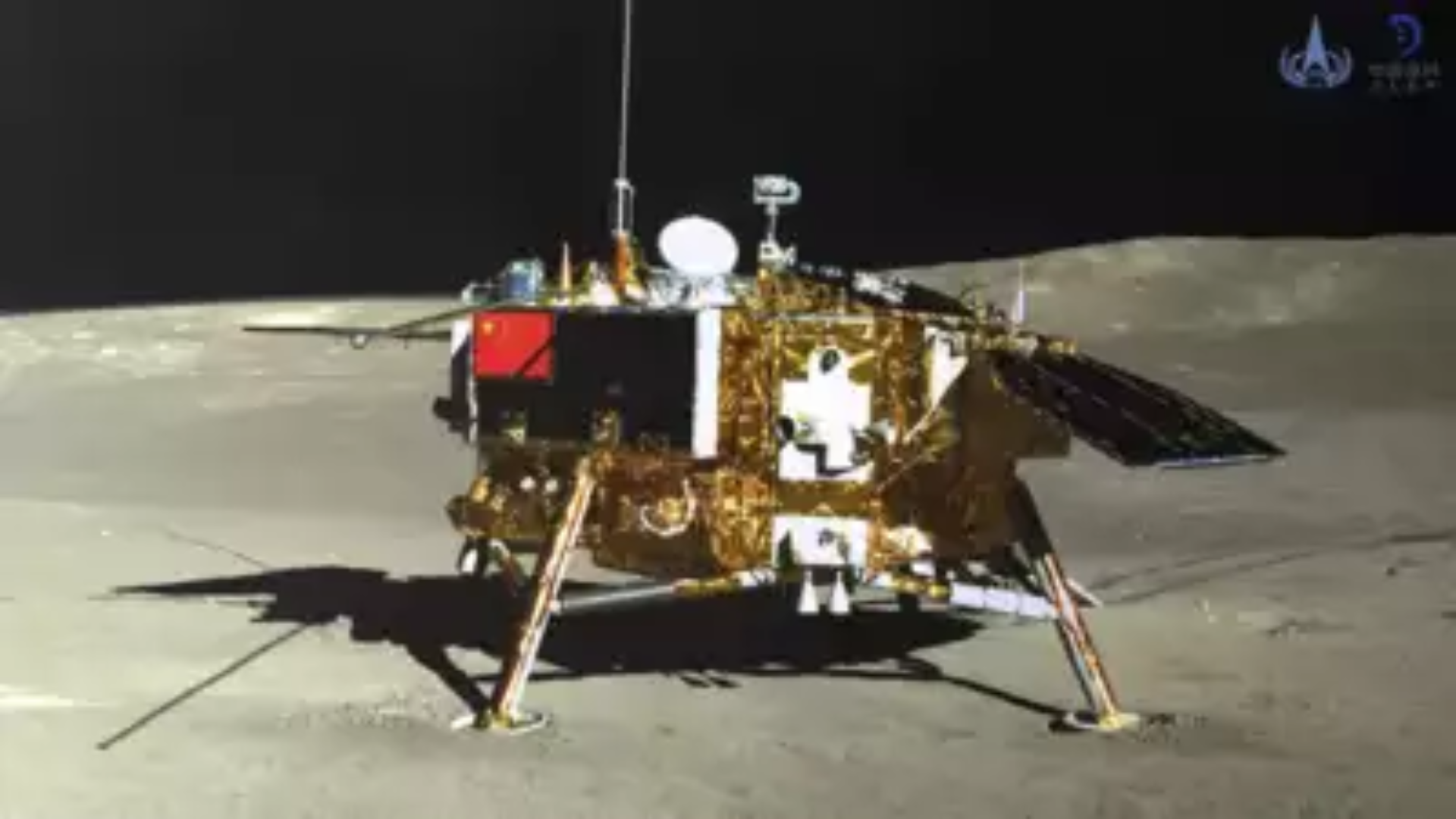
China has successfully launched the Chang’e-6 lunar probe, Lunar South Pole mission, aiming to explore the far side of the moon, marking a historic moment in lunar exploration. The mission, launched via a Long March-5 YB rocket from Hainan’s Wenchang launch center, is managed by the China National Space Administration (CNSA).
Unprecedented Lunar Exploration
The Chang’e-6 mission is a pioneering effort to collect and return samples from the moon’s far side, a feat never before accomplished in human lunar exploration. This endeavor represents a significant step forward in China’s space exploration ambitions.
Strategic Importance
This launch aligns with China’s strategic goals to strengthen its position in the global space race, particularly against the United States, in establishing a sustained presence on the lunar surface. The mission’s success could bolster China’s capabilities in space exploration and technology.
Exploring the South Pole-Aitken Basin
Chang’e-6 is tasked with landing within the South Pole-Aitken Basin, a region of immense scientific interest due to its potential reservoirs of water ice. This mission is crucial for gathering data essential for sustaining future human activities on the moon.
Global Competitions and Collaborations
While China leads this lunar exploration effort, other players like NASA and private companies such as Blue Origin and SpaceX are also gearing up for lunar missions. NASA’s plans include reaching the same region targeted by Chang’e-6 as part of its broader lunar exploration strategy.
Scientific Endeavors and Challenges
The Lunar south pole mission involves complex operations, including soft landing, sample collection, and return to Earth. Despite the success of previous missions like Chang’e-4, the rugged terrain of the moon’s far side presents significant challenges for Chang’e-6’s operations.
Future Lunar Exploration
China’s lunar exploration program extends beyond Chang’e-6, with plans for a manned lunar landing by 2030. These efforts collectively contribute to expanding humanity’s knowledge of the moon’s environment, material composition, and potential resources.
The launch of Chang’e-6 underscores China’s commitment to advancing space exploration and technology. As the mission unfolds, scientists and space enthusiasts anticipate groundbreaking discoveries that will further humanity’s understanding of Earth’s celestial neighbor.